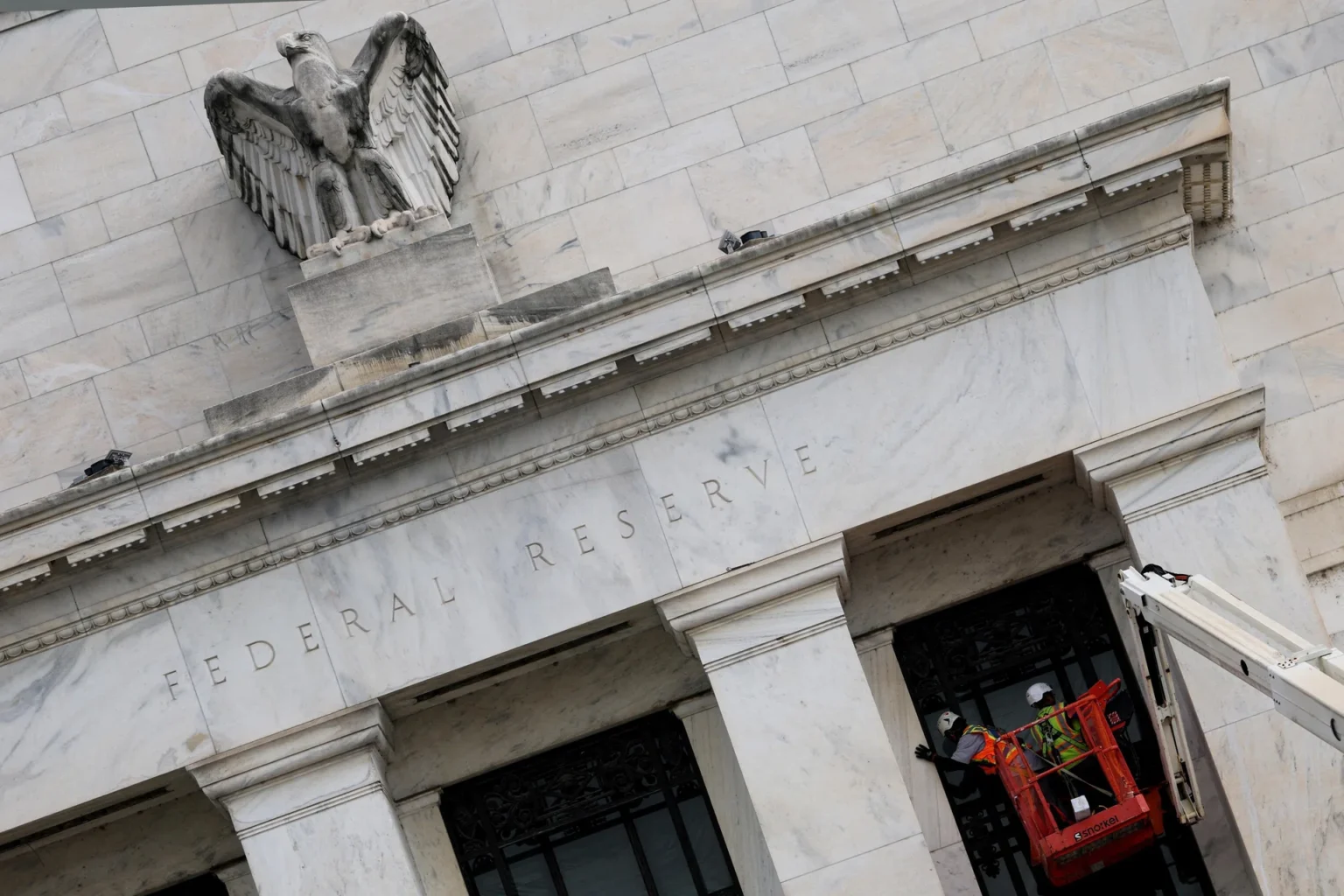[NEW YORK] US Federal Reserve Bank of Boston president Susan Collins said that the US central bank should continue lowering interest rates this year to support the labour market, while keeping them high enough to make sure inflation remains in check.
“With inflation risks somewhat more contained, but greater downside risks to employment, it seems prudent to normalise policy a bit further this year to support the labour market,” Collins said on Tuesday (Oct 14) in remarks prepared for an event at the Boston Fed.
“Even with some additional easing, monetary policy would remain mildly restrictive, which is appropriate for ensuring that inflation resumes its decline once tariff effects filter through the economy,” she said.
Investors are betting that Fed officials will cut rates when they gather at the end of the month, according to pricing in futures contracts. It would be the second reduction of the year after policymakers lowered their benchmark by a quarter point in September, bringing it to a target range of 4 to 4.25 per cent.
Collins said that it is difficult to know how much of the recent drop in hiring is due to lower demand for labour versus a decline in the supply of workers driven by a sharp slowdown in immigration. She said that the level of monthly job growth needed to keep the unemployment rate stable could be just 40,000 going forward, compared with about 80,000 before the pandemic.
The Boston Fed chief said that she sees a “relatively modest increase” in the unemployment rate this year and early in 2026, but she expects hiring to ultimately pick up as uncertainty about tariffs and the economy fades.
SEE ALSO
Fed chair Jerome Powell spoke earlier Tuesday at a separate event in Philadelphia, where he highlighted growing signs of weakness in the labour market. The Fed’s next policy gathering will take place on Oct 28 to 29 in Washington.
Asked following her speech about her outlook for rates, Collins reiterated that policy is not on a preset path and she could see a scenario where officials hold interest rates steady after easing a bit more.
“A bit more easing, perhaps another 25 basis points of easing, might be appropriate, but I don’t think it’s helpful to get further out ahead,” Collins said. “Having changed in September, if we were to make an additional change, I could also see scenarios where it would then be appropriate to hold over time.” BLOOMBERG


